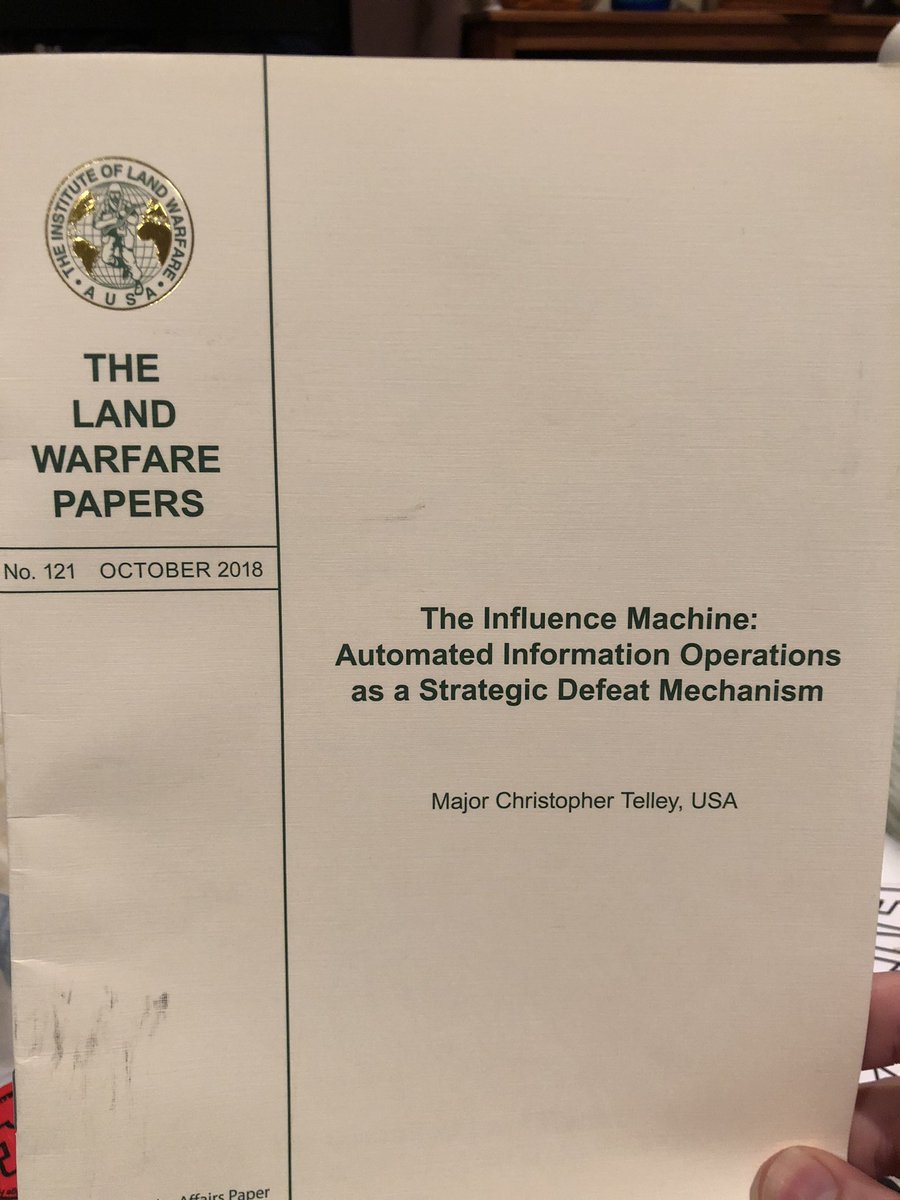Wrong-way risks are positive feedback loops that can have tragic effects on a portfolio.
So tonight: wrong-way risk with 🏠 & ⛈️!
You're all set, right?
Now consider: what if that company, despite -- or possibly because of -- their expertise, became overexposed to Florida properties?
So you thought you hedged your risk, but it turned out to be correlated with a third, completely unexpected, bad outcome.
You had wrong-way risk.
Back before CDS were cleared, there was a real concern that the same turmoil that caused credit events and bankruptcies could prevent CDS counterparties from making payments.
They thought they had right-way risk; they were wrong.
When vol spiked, XIV lost value and had to reduce the size of its short. That required buying more vol, which in turn drove vol higher...
It's a vicious wrong-way circle.
Worst of all, they're often ignored (until it's too late) because they can be difficult to quantify.
Step carefully, and that 🏠 could be yours!




